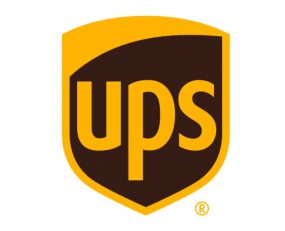
Buoyant Q2-21 profits at UPS are being ascribed to CEO Carol Tomé’s focus on superior returns rather than expanding market share. Certainly, margins have improved with the Atlanta based giant seeing revenue climb 14.5% year-on-year to $23.4bn whilst operating profits were up 47.3% to $3.3bn in the second-quarter results on Tuesday (July 27).
The volumes handled by the US Domestic division actually fell by 2.9% as compared to the same quarter in 2020, yet revenue rose 10.2%. On the one hand, it seems that e-retail traffic has fallen back slightly, with ‘UPS Ground’ seeing volumes fall noticeably, however, the ‘business-to-business’ (B2B) average daily volume increased by 25.7%. All of this appears to have enabled a hardening of pricing by 13.4%, resulting in the division seeing revenue increase by 10.2% and operating profits in GAAP definitions, up $385m on Q2-20, to $1.6bn.
The picture for International Express was broadly similar, within this case, daily volumes up 12.7% with B2B leading the way. This resulted in revenue leaping by 30% and operating margin hardening to 24.7%. Operating profits were up $413m to $1.2bn.
Perhaps less predictable was the strength of results in the Supply Chain Solutions business. Led by freight forwarding and pharma logistics, the division saw a near doubling of profits year-on-year to $507m. UPS said that the freight forwarding operations had “more than doubled its operating profit” and that pharma, healthcare and clinical trials logistics “delivered record top-and bottom-line results”.
In the past UPS has struggled to make money from booming internet retailing volumes. These results, however, suggest that it has got a grip on the situation with the ability to leverage strong demand to deliver higher prices, even as some markets cool. Admittedly many markets continue to see very strong demand, with forwarding and pharmaceuticals a highly attractive combination that does not necessarily indicate a structural change in UPS’ profitability. Nonetheless, it is tempting to think that better profits may owe a lot to better strategic positioning than cyclical developments in markets.
Source: Transport Intelligence, July 29, 2021
Author: Thomas Cullen